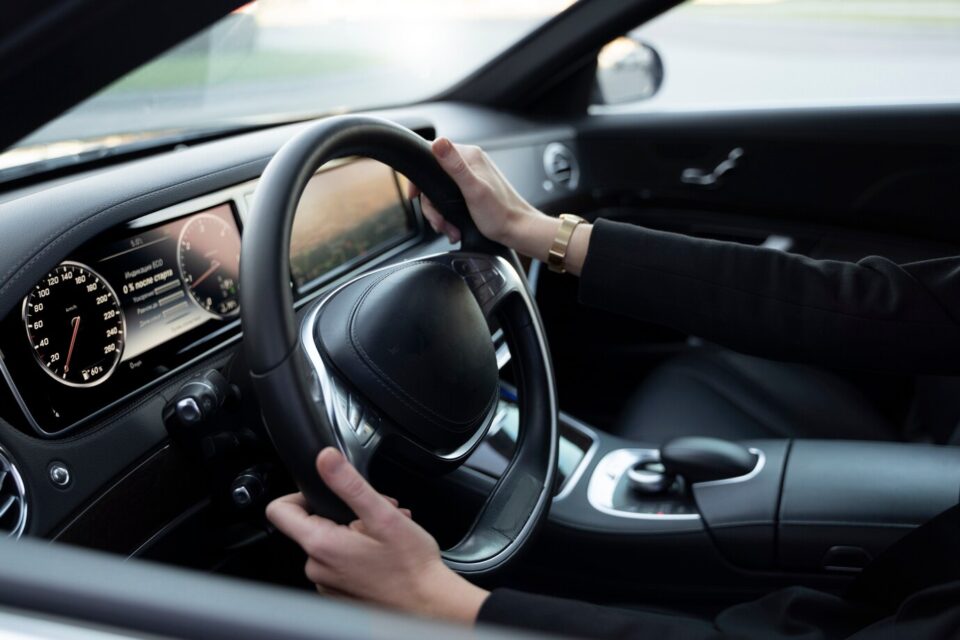The steering wheel is that timeless companion in every car that’s undergone quite the makeover through the ages. It’s not just a wheel anymore; it’s the beating heart of innovation in the ever-shifting world of automotive technology. Let’s take a stroll through its evolution, where classic charm cozies up with cutting-edge features.
Enduring Elegance: A Journey Through Time
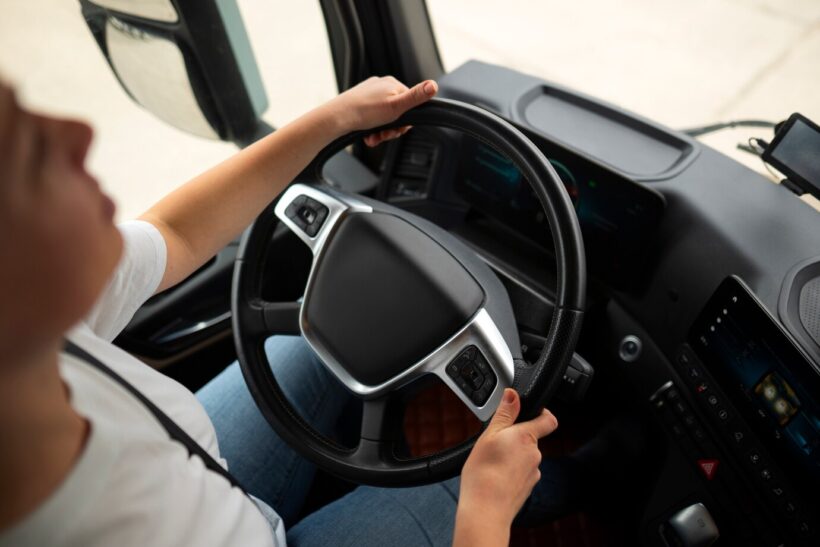
Once upon a time, steering wheels were simple and practical, but now they’ve become an inseparable part of our dance with the road. Picture this – the timeless round shape, oozing functional simplicity, has been a steadfast companion for generations, providing drivers with an immediate, tactile connection to the asphalt. But in recent times, there’s been a rebellious move away from the traditional circular steering wheel. Automakers are flirting with daring designs – enter flat-bottomed and D-shaped steering wheels. These aren’t just design quirks; they add a dash of sporty flair while also catering to ergonomic needs, providing a blend of aesthetics and functionality that’s a feast for the eyes. Furthermore, Sweden boasts a diverse range of innovations in the car driving sports industry, notably seen in its extensive selection of racing steering wheels or sportratt. Materials have had their Cinderella moments too. While leather-clad steering wheels continue to exude opulence, the cool kids on the block are flaunting high-tech materials like Alcantara and carbon fiber. It’s not just a visual upgrade; it’s a grip-and-durability power play, catering to the whims of performance enthusiasts who demand nothing but the best.
Integrating Tech: Where Your Fingertips Rule the Road
Fasten your seatbelts for this one—controls are making a grand entrance directly onto the steering wheel. From audio and cruise control buttons to paddle shifters, these nifty additions put essential functions right at your fingertips. No more fumbling around; it’s about reducing distractions and elevating comfort. And for tech aficionados, high-end models are even throwing touchscreens into the mix, turning your steering wheel into a cockpit of futuristic delights.
Sensing the Drive: A Symphony of Adaptive Steering
Hold on tight, because adaptive steering systems have hit the scene, revolutionizing the way we interact with the road. Picture this – your steering response adjusts on the fly, whether you’re navigating city twists or cruising at highway speeds. It’s like having a personal conductor ensure optimal control, making your drive not just safer but downright enjoyable.
Autonomous Dreams: Steering into the Future
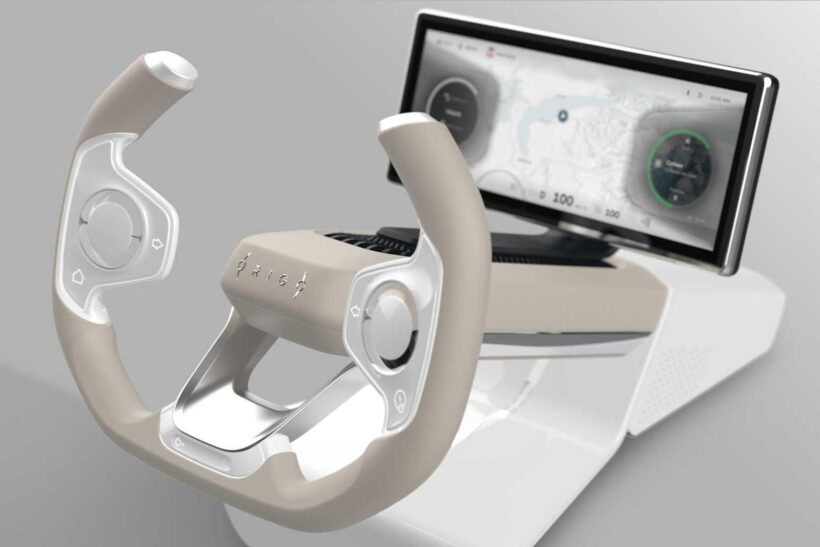
As we inch closer to the era of self-driving cars, steering wheels are having an existential moment. Imagine retractable or fully detachable steering wheels, teasing a future where you can seamlessly switch between manual control and the hands-off joys of automated driving. It’s a dance of autonomy and choice. On the other hand, for a more immersive driving experience, steering wheels are getting touchy-feely. Haptic feedback systems are the stars of the show, offering tactile sensations that mimic road conditions or guide you through navigation. It’s a sensory connection between you and your ride, adding a layer of magic to every drive.
Historical Significance of Steering Wheels
The historical significance of steering wheels is deeply intertwined with the evolution of automotive technology. Initially, steering wheels were utilitarian, serving the sole purpose of directing the vehicle. In the early 20th century, they featured wooden rims for grip, reflecting the simplicity of automobiles at the time.
As automotive engineering progressed, steering wheels became more than functional components; they embodied design and ergonomics. The classic round shape persisted, symbolizing a tactile connection between the driver and the road. The transition from wooden to leather-clad steering wheels marked a shift towards luxury and comfort.
Safety Features in Modern Steering Wheels
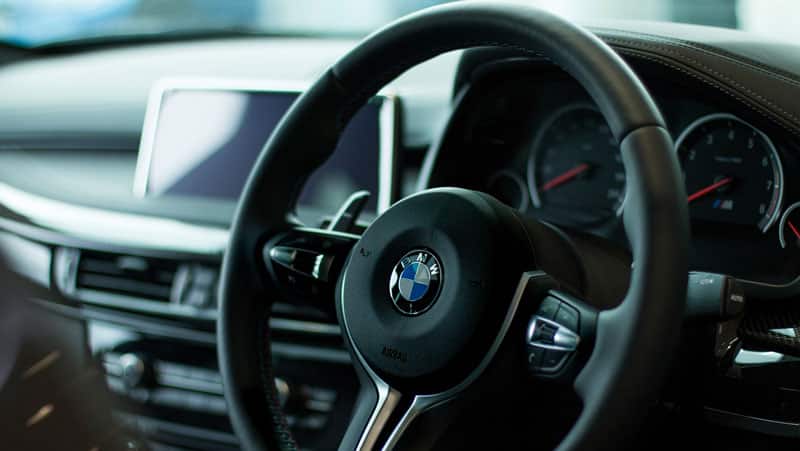
Modern steering wheels have evolved into safety hubs within vehicles, incorporating advanced features to protect drivers and passengers. Airbags, integrated into the wheel itself, have become a standard safety feature. These airbags deploy rapidly upon impact, shielding the driver from collision forces and minimizing injury risks.
Additionally, steering wheels now host controls for various vehicle functions, such as audio, cruise control, and phone connectivity. These integrated controls reduce distractions and enhance driver focus, contributing to safer journeys. Moreover, high-end models incorporate touchscreens on the steering wheel, allowing for seamless access to navigation and entertainment systems.
Customization Trends for Steering Wheels:
Customization trends in steering wheels reflect the desire for personalization and individuality. Flat-bottomed and D-shaped steering wheels have emerged as daring design choices, combining aesthetics with ergonomic benefits. These non-traditional shapes cater to sporty preferences while enhancing driver comfort.
Furthermore, materials used in steering wheel construction have diversified. While leather-clad steering wheels continue to exude opulence, materials like Alcantara and carbon fiber have gained popularity among performance enthusiasts. These materials not only offer a unique visual appeal but also provide exceptional grip and durability, catering to drivers’ specific preferences.
Eco-Friendly Materials in Steering Wheel Production
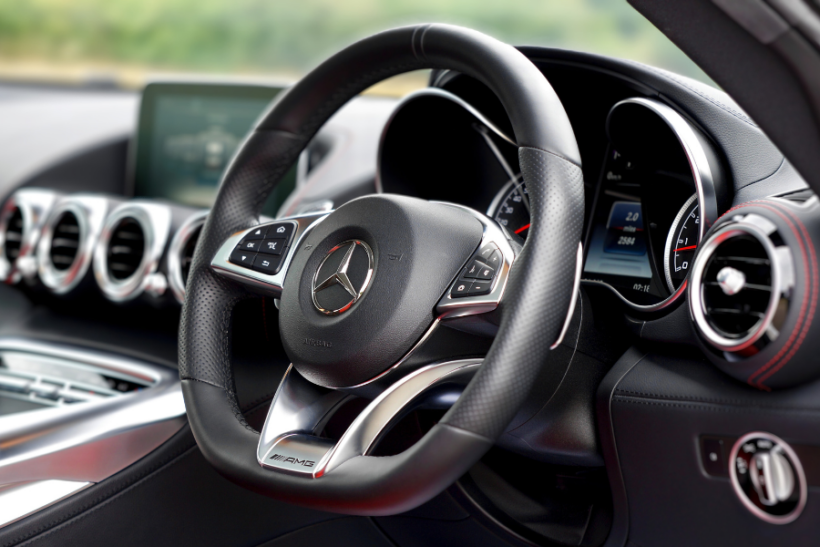
The automotive industry is embracing eco-friendly materials in steering wheel production to reduce environmental impact. Traditional materials like leather and wood are being replaced with sustainable alternatives. Recycled and vegan-friendly materials, such as synthetic leather and reclaimed wood, are gaining prominence.
Moreover, manufacturers are exploring bio-based composites and natural fibers as viable options for steering wheel components. These materials not only reduce the carbon footprint but also align with eco-conscious consumer preferences. Steering wheel production is transitioning towards greener practices, ensuring a sustainable driving experience for environmentally-conscious drivers.
Future Innovations in Steering Wheel Technology

The future of steering wheel technology is poised for remarkable advancements. As autonomous driving technology matures, steering wheels may become retractable or fully detachable, offering drivers the choice between manual control and automated driving. This transformative shift empowers drivers to seamlessly transition between modes based on preference and road conditions.
Additionally, haptic feedback systems are revolutionizing the tactile experience of steering wheels. These systems simulate various road conditions, providing drivers with a realistic sensory connection to their surroundings. Whether it’s adapting to autonomous driving or enhancing the driving experience, steering wheels of the future promise exciting innovations that will redefine our connection with vehicles.
In Conclusion: Navigating Tomorrow
These circular wonders are more than just functional components. They’re the storytellers of our connection with vehicles, blending the best of tradition with the excitement of tomorrow. Whether it’s round, flat-bottomed, or touch-sensitive, the steering wheel will continue to hold the steering reins in shaping the driving experiences that await us on the roads of tomorrow.

